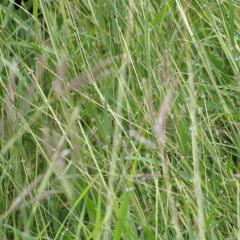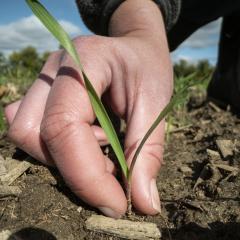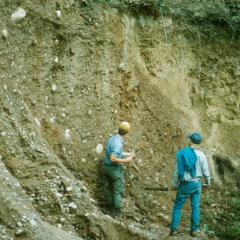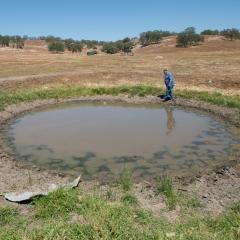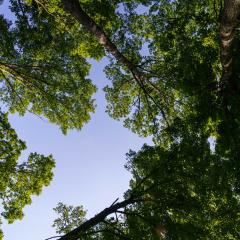Gridded Soil Survey Geographic (gSSURGO) Database
Gridded SSURGO (gSSURGO) is similar to the standard USDA-NRCS Soil Survey Geographic (SSURGO) Database product but in the format of an Environmental Systems Research Institute, Inc. (ESRI®) file geodatabase.


